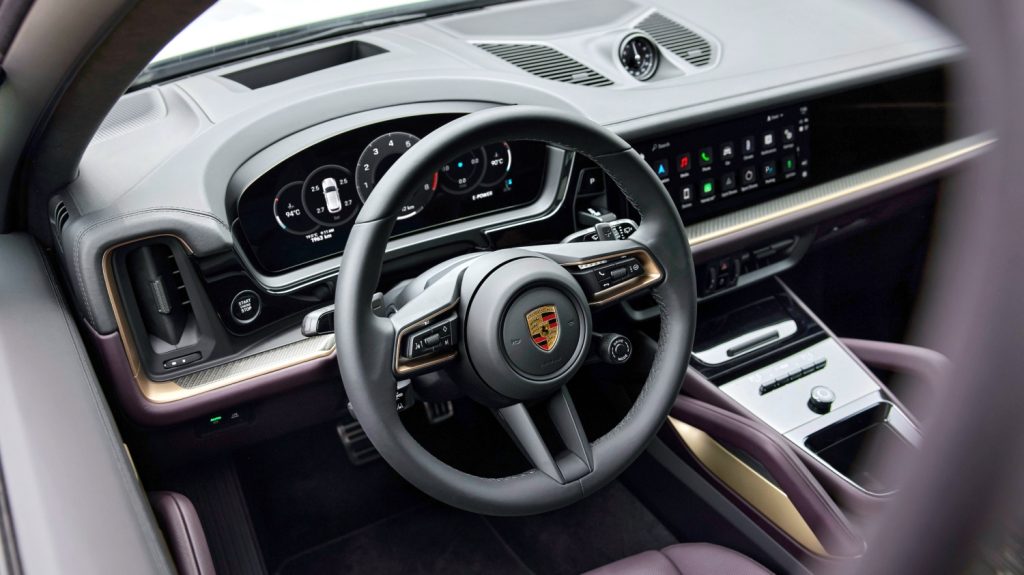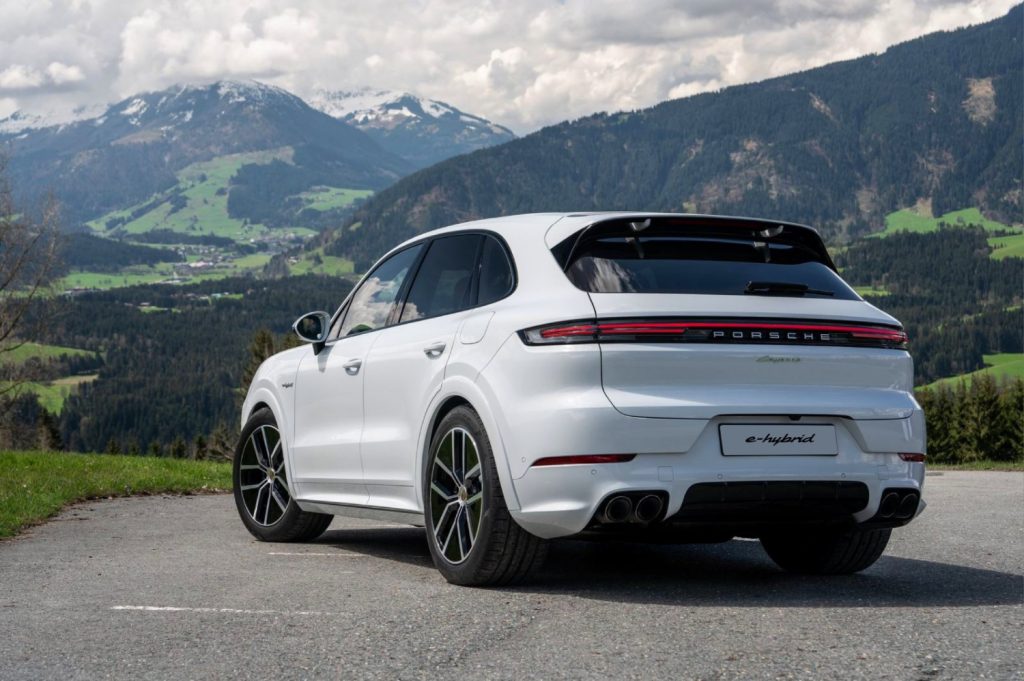Porsche’s dominance at the grueling 24 Hours of Le Mans paved the way for groundbreaking advancements in hybrid technology. Proof of this is the Porsche 919 Hybrid racecar that clinched three consecutive overall victories at Le Mans, showcasing the brand’s expertise in harnessing hybrid power for on-track performance and efficiency.
Benefiting from this championship-winning experience is the Porsche Cayenne E-Hybrid SUV, which elevates everyday drives with race-proven hybrid technology.
In the 919 Hybrid, a combustion engine was combined with a hybrid system capable of recovering energy from braking and exhaust gases, which is then deployed as additional electric power on demand. The lessons learned from developing the 919 Hybrid now influence Porsche’s road-going models, including the Cayenne E-Hybrid.
The Cayenne E-Hybrid plug-in hybrid electric vehicle (PHEV) can travel up to 90 kilometers using electric power alone. The battery can be charged by regenerative braking, or by plugging in the vehicle to a residential or destination charger.

This makes the SUV highly efficient for daily drives as it significantly reduces fuel consumption.
When plugged into an electrical socket, the Cayenne E-Hybrid’s new on-board charger enables faster charging times. On the move, the engine charges the battery to ensure the electric motor can always be used to propel the vehicle.
An enhanced regenerative braking system further improves efficiency by converting kinetic energy into electric power, extending the driving range.
Guaranteeing the Cayenne E-Hybrid can cover extended distances is its 3.0-liter turbocharged V6 gasoline engine that is paired with an electric motor powered by a 25.9 kWh battery. Combined, the systems produce 470 hp and 650 Nm of torque, allowing the vehicle to accelerate from 0 to 100 km/h in 4.9 seconds.
An eight-speed tiptronic transmission sends the hybrid system’s output to all four wheels.
The model’s improved Hybrid-Auto mode optimizes the balance between electric and gasoline power. In Sport and Sport Plus modes, the battery continues to supply power until it reaches minimum charge levels.

Complementing the hybrid system’s performance is the Cayenne E-Hybrid’s adaptive air suspension featuring shock absorbers with two-valve chambers. This continuously adjusts damping forces to provide an optimal balance between comfort and handling, ensuring a composed ride over various road conditions. The system automatically adapts to changes in load and terrain, offering improved stability and responses.
The exterior design of the Cayenne E-Hybrid has been sharpened by more pronounced fenders, a sculpted hood, and LED headlights providing superior illumination in all conditions. At the rear, sweeping LED taillights and three-dimensional Porsche lettering emphasize the model’s contemporary aesthetic even more.
The Porsche Driver Experience, a driver-oriented digital operating and display concept, hallmarks the Cayenne E-Hybrid’s cabin. On the dashboard are a 12.6-inch instrument cluster offering multiple display configurations, and the centrally located 12.3-inch Porsche Communication Management (PCM) touchscreen providing access to navigation, infotainment, and vehicle settings.
The driver-oriented layout places key controls within easy reach, enhancing ergonomics and usability.
By infusing Le Mans-winning hybrid technology into the Cayenne E-Hybrid, Porsche has created a vehicle that seamlessly balances performance, efficiency, and everyday usability.

